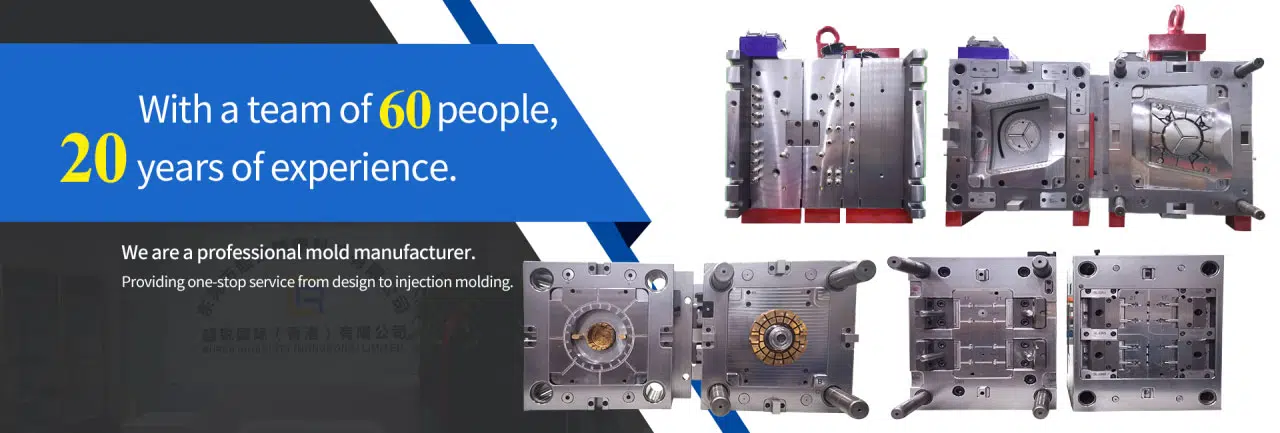Surface Finishing Techniques and Applications

# Surface Finishing Techniques and Applications
## Introduction to Surface Finishing
Surface finishing refers to a wide range of industrial processes that alter the surface of a manufactured item to achieve certain properties. These processes can improve appearance, adhesion, wettability, corrosion resistance, wear resistance, and other surface properties. Surface finishing techniques are essential in numerous industries, including automotive, aerospace, electronics, and medical device manufacturing.
## Common Surface Finishing Techniques
### 1. Mechanical Finishing
Mechanical finishing processes involve physically altering the surface using mechanical means:
– Grinding: Uses abrasive wheels to remove material
– Polishing: Creates a smooth, reflective surface
– Buffing: Similar to polishing but produces a higher luster
– Sandblasting: Uses high-pressure air to propel abrasive materials
### 2. Chemical Finishing
Chemical processes modify surfaces through chemical reactions:
– Anodizing: Creates a protective oxide layer on metals
– Passivation: Enhances corrosion resistance of stainless steel
– Chemical etching: Selectively removes material using chemicals
– Electroplating: Deposits a metal coating using electrical current
### 3. Coating Processes
These techniques apply protective or decorative layers:
– Powder coating: Applies dry powder electrostatically then cures it
– Painting: Traditional liquid coating application
– Galvanizing: Applies a protective zinc coating to steel
– PVD/CVD: Physical or chemical vapor deposition of thin films
## Applications of Surface Finishing
Surface finishing finds applications across various industries:
### Automotive Industry
– Corrosion protection for body panels
– Wear resistance for engine components
– Aesthetic finishes for interior and exterior parts
### Aerospace Industry
– Thermal barrier coatings for turbine blades
– Anti-corrosion treatments for airframe components
– Low-friction coatings for moving parts
### Electronics Manufacturing
– Conductive finishes for circuit boards
– Protective coatings for sensitive components
– Solderability enhancement for connectors
### Medical Devices
– Biocompatible coatings for implants
– Antimicrobial surfaces for surgical instruments
– Wear-resistant finishes for joint replacements
## Choosing the Right Surface Finish
Selecting the appropriate surface finishing technique depends on several factors:
– Material composition
– Desired surface properties
Keyword: Surface Finishing
– Environmental conditions
– Cost considerations
– Production volume
– Regulatory requirements
## Future Trends in Surface Finishing
The surface finishing industry continues to evolve with new technologies:
– Environmentally friendly processes
– Nanotechnology-based coatings
– Smart surfaces with responsive properties
– Advanced automation in finishing processes
– Development of more durable coatings
Surface finishing remains a critical aspect of modern manufacturing, ensuring products meet performance requirements while maintaining aesthetic appeal. As materials science advances, we can expect even more innovative surface finishing solutions to emerge.